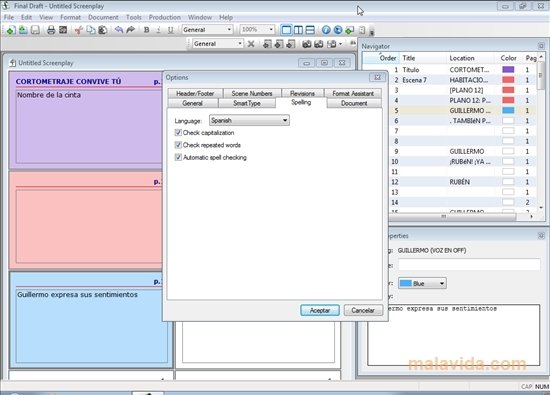

Our method further extends the color range to encompass the visible gamut, enabling a new generation of display devices that are just beginning to enter the market.

To HDR-enabled software, the foreground image is merely a tone-mapping suggestion, as the original pixel data are available by decoding the information in the subband. To na ve software, the image looks like any other, and displays as a tone-mapped version of the original. The tone-mapped image data is also compressed, and the composite is delivered in a standard JPEG wrapper. This subband contains a compressed ratio image, which when multiplied by the tone-mapped foreground, recovers the HDR original. A tone-mapped version of each HDR original is accompanied by restorative information carried in a subband of a standard output-referred image. In this paper, we demonstrate a simple approach to HDR encoding that parallels the evolution of color television from its grayscale beginnings. 2005 JPEG-HDR: A Backwards-Compatible, High Dynamic Range Extension to JPEG Greg Ward Sunnybrook Technologies Abstract The transition from traditional 24-bit RGB to high dynamic range (HDR) images is hindered by excessively large file formats with no backwards compatibility. Submitted to 13th Color Imaging Conference, Nov. JPEG-HDR: a backwards-compatible, high dynamic range extension to JPEG JPEG-HDR: a backwards-compatible, high dynamic range extension to JPEG


 0 kommentar(er)
0 kommentar(er)
